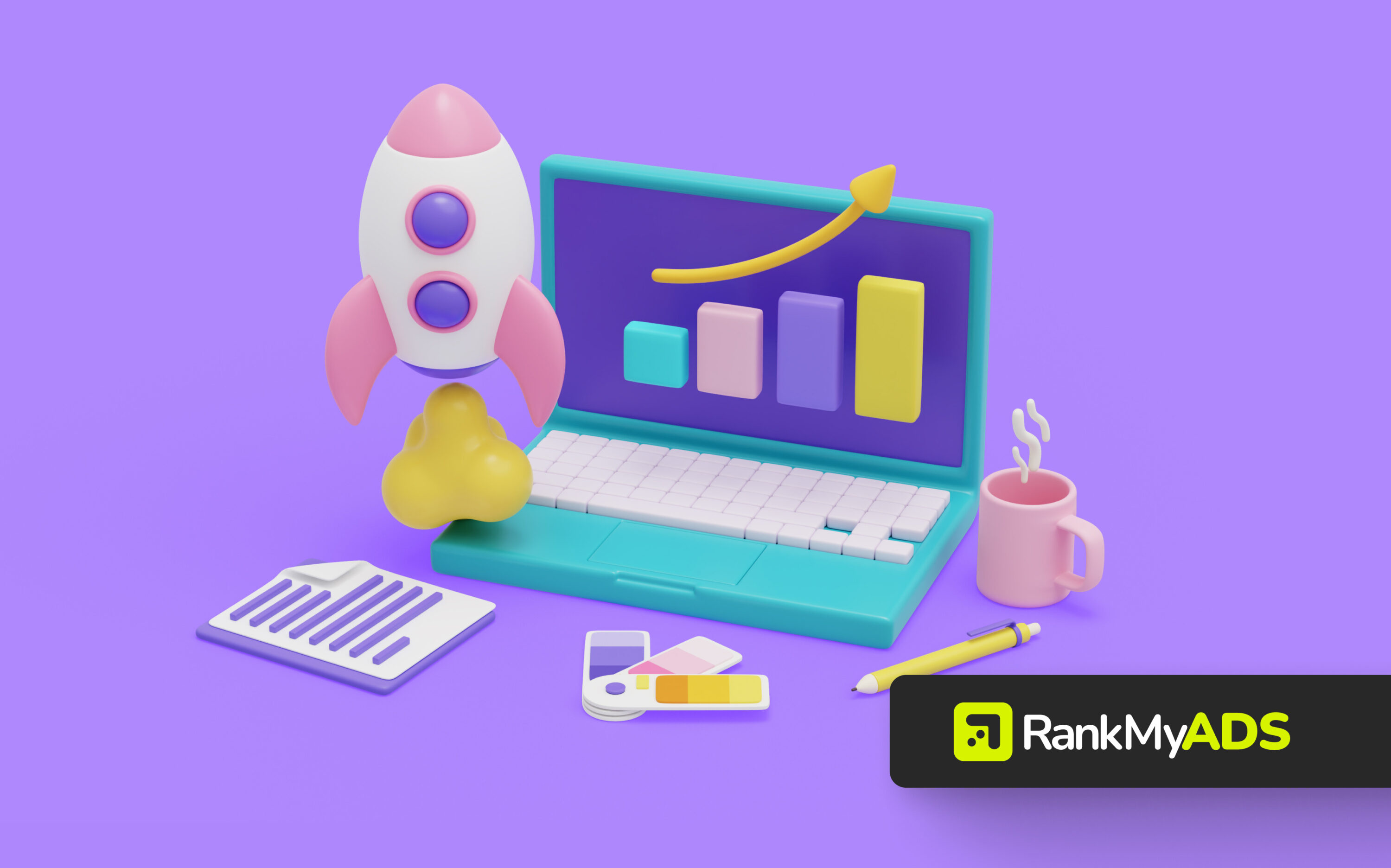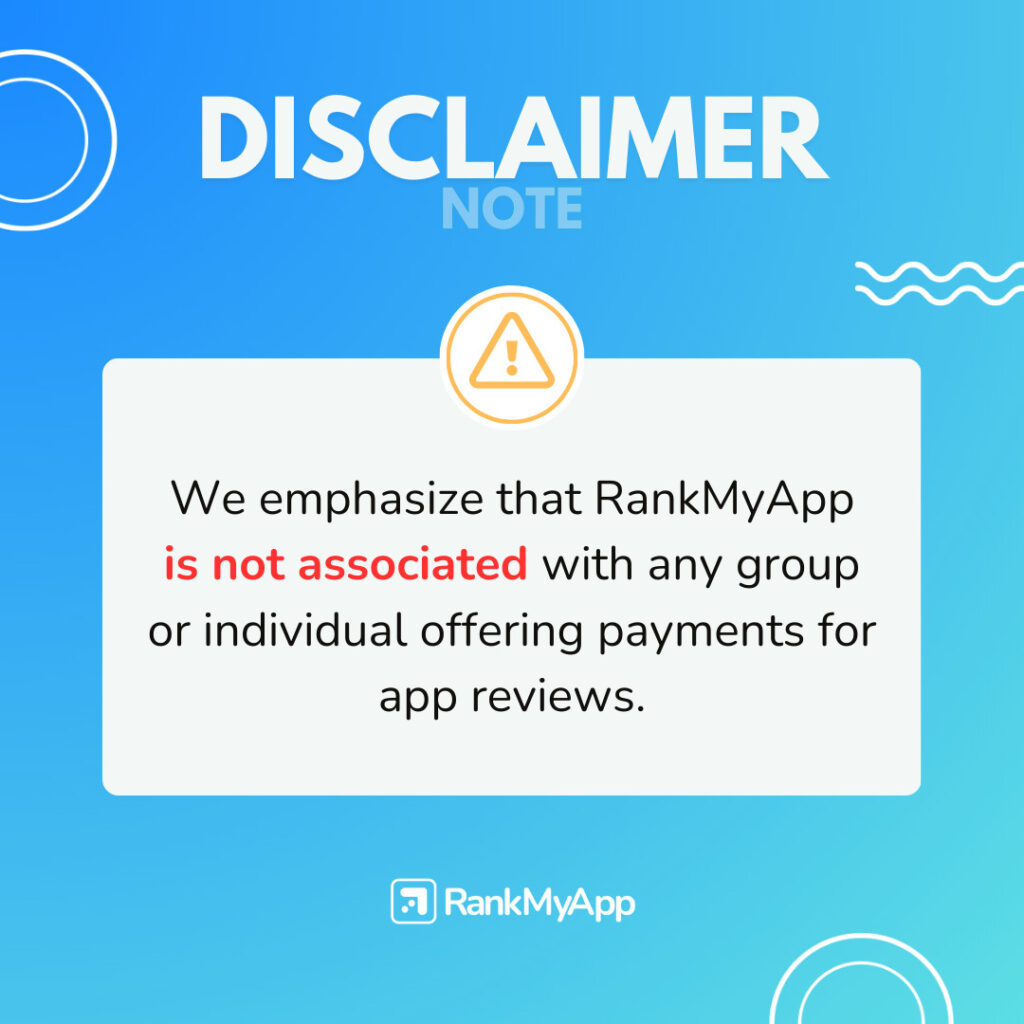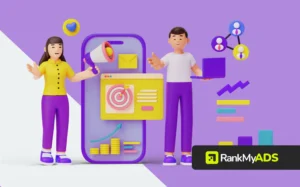Paid media is an essential component for the success of any app marketing strategy. With so many options and platforms available, the challenge isn’t just choosing where to invest, but ensuring that every penny spent brings back maximum value. This is where the concept of ROAS (Return on Advertising Spend) comes in—a key metric for measuring the efficiency of your paid campaigns.
If you want to maximize your results and achieve a positive ROAS, it’s crucial to employ the right strategies. In this article, we present 7 practical tips to boost your ROAS and turn your paid media campaigns into true conversion machines.
1. Invest in Attractive and Relevant Creatives
The success of a paid media campaign largely depends on the quality of your creatives. Visual and interactive ads are often the first point of contact between the user and your app, and it’s at this moment that you need to capture their attention. Investing in creatives that are visually appealing, relevant, and well-aligned with what the user is looking for is essential for driving engagement and conversions.
Try different formats to see what works best for your audience. Test short videos, which are great for telling a quick, engaging story; carousel ads, which allow you to highlight multiple features or benefits of the app; and dynamic banners, which can adapt content in real-time, making the experience more personalized. Also, make sure your call to action (CTA) is clear and direct, guiding the user to the next step intuitively.
To ensure you’re on the right track, use A/B testing. Compare different versions of your creatives to understand which ones generate more engagement, interactions, and, of course, conversions. This not only optimizes your campaign results but also provides valuable insights into what truly resonates with your audience.
2. Precisely Target the Right Audience
One of the greatest advantages of paid media is the ability to target your audience with great precision. However, if your targeting is too broad, you risk wasting your budget by reaching users who have no real interest in your app. The more focused your targeting is, the higher the likelihood of reaching genuinely interested users, which leads to higher conversion rates and better use of your investment.
Use data such as demographic information, browsing behavior, interests, and geographic location to create highly qualified audiences.
Tools like Google Ads and Facebook Ads offer numerous options for advanced targeting, allowing you to direct your ads toward users with the highest potential for downloads and engagement. By focusing on these parameters, you maximize your chances of reaching the right people at the right time, optimizing your return on investment in paid media.
3. Use Smart Bidding Strategies
Implementing automated bidding strategies is an effective way to optimize your return on advertising spend (ROAS) in paid media campaigns. Platforms like Google Ads and Facebook Ads offer options that automatically adjust bids based on real-time data, ensuring that your ads are shown to users most likely to take valuable actions, such as downloads, sign-ups, or purchases.
Try different bidding strategies, such as Cost Per Action (CPA), which directly focuses on conversions, or Cost Per Click (CPC), ideal for attracting qualified traffic. Closely monitor performance and adjust as needed to ensure you are paying the right amount for each action.
Dynamic bidding strategies are also useful for maintaining a balance between cost and quality, allowing you to maximize results without exceeding your budget.
4. Monitor and Optimize Your Conversion Funnel
The conversion funnel represents the user’s journey from the first ad click to the final action, such as installing or making an in-app purchase. To maximize results, each stage of this funnel needs to be optimized. If your conversion rate is low, it could signal obstacles or friction points along the way, such as complicated or time-consuming processes.
Evaluate each phase of the funnel, from the initial click to post-download actions. If many users are dropping out before completing the installation or purchase, simplify the flow.
Remove barriers like long forms, slow-loading pages, or unnecessary steps. Making the user experience smoother is essential to reducing abandonment and increasing conversions.
5. Track User Retention Metrics
Having a high number of downloads is a good sign, but it doesn’t guarantee long-term success. If your app fails to retain users, your return on investment (ROAS) can suffer. While Cost Per Install (CPI) is relevant, it should be closely followed by retention metrics. After all, the true value of a user lies in their continuous engagement and recurring use of the app.
Track short-term retention (1 day) to see how many users return shortly after downloading, and long-term retention (30 days) to gauge sustainable engagement. If retention rates are low, it could indicate that your creative or targeting isn’t attracting the right audience.
Adjusting these variables is crucial to ensuring you’re acquiring long-term potential users, thus optimizing the impact of your paid media.
6. Diversify Acquisition Channels
Focusing all of your paid media budget on a single channel can be risky and may limit your reach. Diversifying acquisition channels increases your chances of attracting different user profiles and also helps reduce dependence on one channel, minimizing risks and exploring new audiences.
In addition to Google Ads and Facebook Ads, consider experimenting with other platforms like TikTok Ads, Snapchat Ads, Apple Search Ads, and even affiliate programs.
Each channel has a specific audience and offers different format opportunities, allowing you to test new approaches and reach users who may not be present on traditional channels. Diversifying your strategy broadens your impact and helps identify which channels generate the highest return on investment.
7. Adjust Your Budget Based on Performance
To ensure that your paid media strategy is efficient, it’s crucial to constantly monitor campaign performance and adjust the budget accordingly. Redirecting investments to the campaigns generating the best results helps maximize ROAS and prevents wasting resources on underperforming campaigns.
Increase the budget for high-performing campaigns, but continue testing new strategies with smaller-scale campaigns.
This allows you to explore new growth opportunities and innovate without compromising the effectiveness of already proven campaigns. This balanced approach between optimization and experimentation is essential for ensuring the best possible return on your paid media efforts.
Investing in paid media for apps can be one of the most effective ways to increase downloads and grow your user base, but achieving a positive ROAS requires strategy, continuous monitoring, and adjustments. By applying these 7 tips—from precise targeting to channel diversification and conversion funnel optimization—you can maximize the return on your ad investments.
At RankMyApp, we are experts in optimizing paid media campaigns for apps. With our solutions, you can increase the efficiency of your campaigns and ensure that your budget is well spent. Contact us today to discover how we can help you improve your app’s performance and sustainably increase your ROAS!





